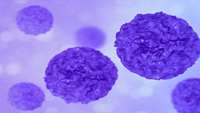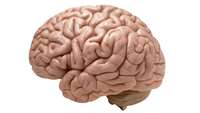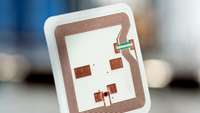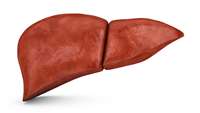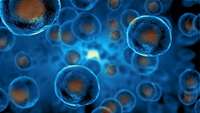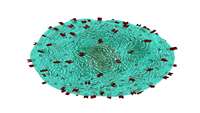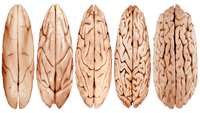Researchers report key to efficient production of heart muscle from pluripotent stem cells
The transformation of embryonic stem cells, and their induced pluripotent counterparts into potentially limitless supplies of new heart tissue has been hindered by a lack of consistency from one stem cell line to the next, as well as a poor understanding of the differentiation process.
Gene therapy durably reverses congenital deafness in mice
In collaboration with the universities of Miami, Columbia and San Francisco, scientists from the Institut Pasteur, Inserm, CNRS, Collège de France, Sorbonne University and the University of Clermont Auvergne have restored hearing in an adult mouse model of DFNB9 deafness—a hearing disorder that represents one of the most frequent cases of congenital genetic deafness.
Genetic error led humans to evolve bigger, but more vulnerable, brains
One of the major features that distinguish humans from other primates is the size of our brains, which underwent rapid evolution from about two to three million years ago in a group of our ancestors in Africa called the Australopithecines. During this period, the human brain grew almost three-fold to reach its current size.
New material could improve bone grafting
For complex injuries and other situations requiring bone grafts, the best available technique involves autologous bone harvesting and re-implantation at the site of regrowth
Biopsy alternative: “Wearable” device captures cancer cells from blood
A prototype wearable device, tested in animal models, can continuously collect live cancer cells directly from a patient’s blood.
3-D human epidermal equivalent created using math
Scientists have successfully constructed a three-dimensional human epidermis based on predictions made by their mathematical model of epidermal homeostasis, providing a new tool for basic research and drug development.
Promethera’s liver failure stem cell therapy clears first hurdle
Promethera’s HepaStem therapy is being developed to treat acute-on-chronic liver failure (ACLF) – a life-threatening flare-up of symptoms in chronic liver disease – as well as to prevent ACLF in patients with acute decompensated (AD) liver disease, in other words with symptoms such as internal bleeding and jaundice.
Process makes stem-cell-derived heart cells light up
A faster, more cost-efficient, and more accurate method of examining the effectiveness of human pluripotent stem-cell-derived cardiac muscle cells has been discovered, according to researchers from Penn State.
Novel CAR T-Cell therapy removes the risk of severe side effects
An advance in the breakthrough cancer treatment known as CAR T-cell therapy appears to eliminate its severe side effects, making the treatment safer and potentially available in outpatient settings, a new USC study shows.
Uncovering the evolution of the brain
What makes us human, and where does this mysterious property of "humanness" come from? Humans are genetically similar to chimpanzees and bonobos, yet there exist obvious behavioral and cognitive differences.


